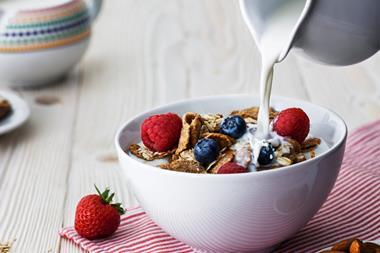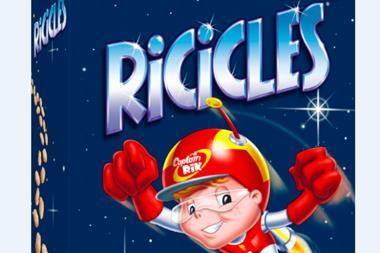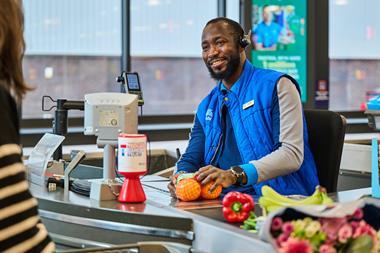
Action on Sugar has accused cereal manufacturers of deliberately deceiving shoppers with poor nutrition labelling.
A survey by the health campaigners of 25 breakfast cereal manufacturers found that while Bear, Jordans, Kellogg’s and Nestlé did use front-of-packaging (FOP) nutrition labelling, they did not use the Department of Health’s recommended colour-coding. A further six brands, including Eat Natural, Lizi’s, Nature’s Path, Paleo Foods, Rude Health and Dorset Cereals, contained no front-of-pack nutrition labelling. It said that some products even had low levels of sugar, such as Lizi’s Low Sugar Granola (1.9g of sugar per serving/green traffic light), and should be highlighting that to consumers.
According to Action on Sugar, this makes it difficult for consumers to interpret the information and make informed decisions.
It said that information to allow consumers to switch from a bowl of Kellogg’s Crunchy Nut Honey & Nut Clusters (12g sugar per serving) to a lower sugar option, such as Tesco Flakes And Clusters Cereal (6g sugar per serving), every day would reduce sugar intake by 6g per day if the serving size recommendation was followed, or 182g per month.
The group is calling for colour-coded traffic-light FOP nutrition labelling to be introduced across all food and drink products. It also said there needed to be a more consistent approach as at least three different label variations were used by manufacturers.
Action on Sugar also highlighted the FoodSwitch App, which has launched a SugarSwitch filter to show shoppers just how much sugar is in their favourite foods, and help them switch to healthier products
“Considering that front-of-pack traffic-light colour-coded labelling has been recommended for years and adopted by many companies, it is frustrating that big and perceived healthier brands continue to refuse to use this form of helpful labelling,” said Action on Sugar researcher Kawther Hashem.
“Consistent labels allow shoppers, at a glance, to see the huge variation in salt and sugar levels in breakfast cereals. Many of these cereals, often aimed at children, would receive a red traffic-light label for being high in sugars. Companies need to reduce the sugar and salt levels now by working towards the sugar targets by 2020 and salt targets by the end of 2017 - and proudly display this on their front-of-pack nutrition labels.”
FoodSwitch UK nutritionist Sarah Alderton added: “If companies are serious about helping their customers make healthier choices with lower salt, sugar and saturated fat, then, like the supermarkets and the more responsible manufacturers, they must consistently use front-of-pack colour-coded nutrition labelling. Until then, we have created FoodSwitch and SugarSwitch to show shoppers what’s in their food and help them find healthier similar alternatives with less sugar, so that these companies can’t hide behind poor labelling.”



















1 Readers' comment